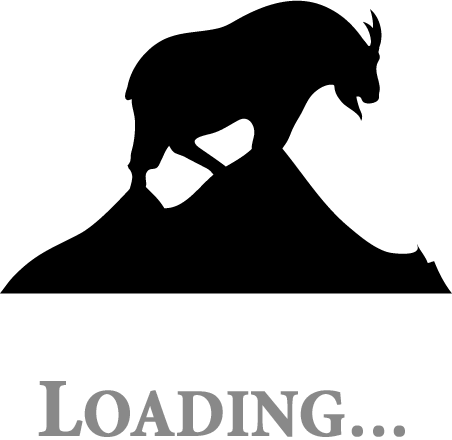By Abigail Popple, Local Journalism Initiative Reporter, RMG
The Tete Jaune Community Cemetery saw its first interment this fall, after nearly two decades of residents advocating for a local cemetery.
Located off of Carr Road, residents can pay $120 for a full-body plot or $40 to have their cremated remains preserved there. Non-residents can pay $240 for full-body interment or $80 for cremated remains.
The work began around 2006 when local Frank Kiyooka, a longtime member of the Tete Jaune Community Association, first asked the Regional District of Fraser-Fort George for information on starting a cemetery, according to fellow Association member Ainslie Jackman. What followed was years of consultation with other residents and staff at the Regional District.
“The Regional District said, ‘There’s a process. If you want the taxpayers to pay for it, you have to come up with the area of taxpayers that are in Tete Jaune,’” Jackman told The Goat. “So they decided on an area and then we had to do surveys door-to-door, asking people if they were willing to pay taxes to support a cemetery.”
In the first round of surveys, those in favor of a cemetery won by a razor-thin margin – about 51 per cent to 49 per cent, Jackman said. According to her, the Regional District said that was not a solid enough majority, so the group decided to do another round of surveys.
The second time around, the win was more decisive: about 60-40, Jackman said. But the work didn’t end there. The Association had to find the money and manpower to clear a plot of land, plant grass, and build a fence.
According to Cindy Paton, Manager of Community Services for the Regional District, plans for the cemetery began to be set in stone in 2018. While Kiyooka passed away in 2017, just before his vision for a community cemetery came into fruition, Jackman credits him with rallying locals to get the work started.
“We embarked on this project thanks to Frank,” Jackman said, adding that Kiyooka thought Tete Jaune locals should have the option of being buried close to home, rather than in the Valemount Cemetery.
After some delays due to the COVID-19 pandemic, the cemetery was licensed in 2021, according to Paton. She added that other steps in the process to establish a cemetery included finding suitable land, then applying to use land from the Agricultural Land Reserve, and performing an archaeological assessment on the property.
While some people may find cemeteries eerie, Jackman hopes residents will recognize the importance of being able to visit loved ones after they pass.
“When my mother died, we had a cottage [in Vancouver] and we buried her under a tree. Of course, eventually the cottage got sold,” Jackman said. “I always felt the loss of the ability to go and physically visit her.”
For those who had their remains scattered or were buried elsewhere before the cemetery opened, a plaque can be placed on a memorial wall that will be added to the cemetery, Jackman added.
“Memorial walls and cemeteries are places to visit our loved ones,” Jackman said. “I think that’s important.”


